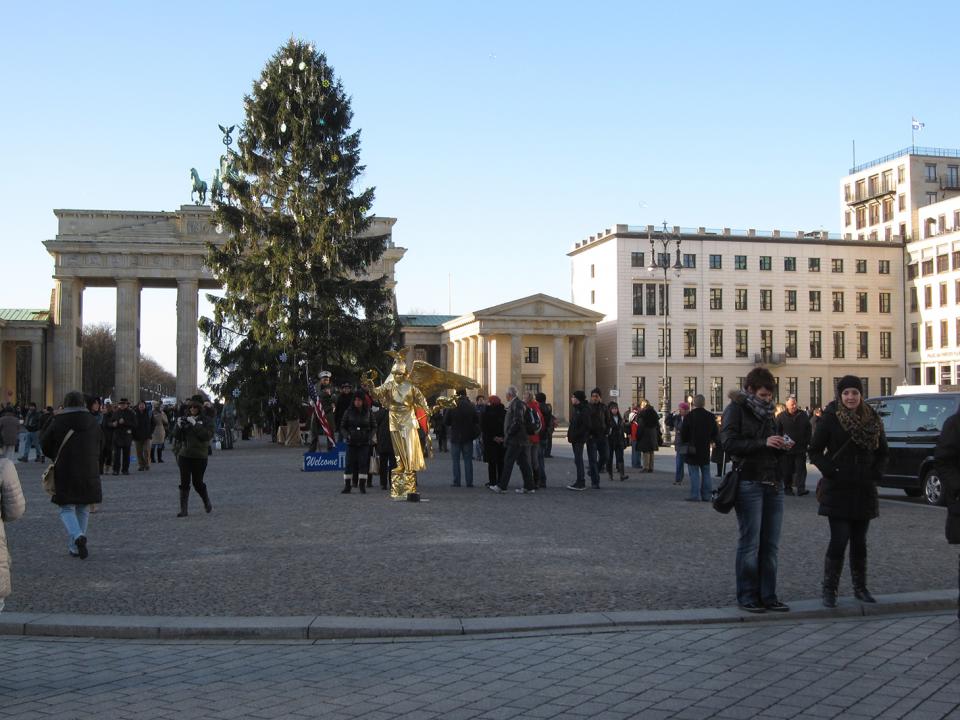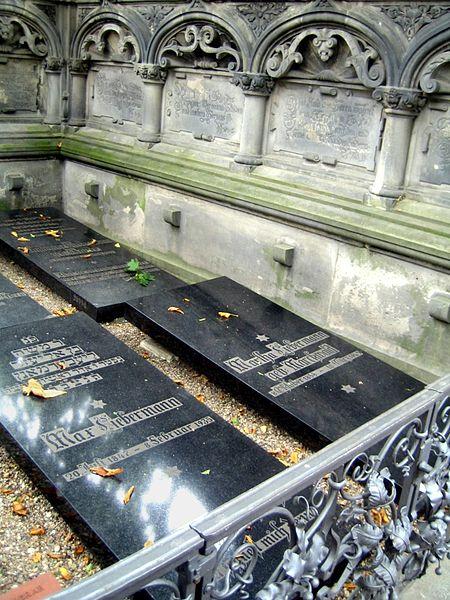Works by this Artist
Bathing BoysMax Liebermann, 1898
Background
bourgeois son of a businessman
Studies
with Carl Steffeck; with Ferdinand Wilhelm Pauwels, Charles Verlat and Paul Thumann at Weimar Kunsthochschule (Art College, 1868-72)
Career
1870-71 – in German army during Franco-Prussian War
1871 – visits Mihály Munkácsy in Düsseldorf
1872 – exhibits Goose Pluckers (1871-72, Nationalgalerie, Berlin) in Berlin; one critic dubs him “Apostle of Ugliness”; visits Jean-François Millet in Barbizon
1874-78 – lives in Paris
1878 – moves to Munich
1884 – settles in Berlin
1889 – organizes German art section of Exposition universelle (Paris)
1891 – receives his first official commission, Mayor Carl Petersen (Kunsthalle, Hamburg)
1895 – Liebermann begins painting in an Impressionist style; collects works by Cézanne, Degas, Manet, Monet
1896 – publishes article on Degas in Pan
1897 – exhibits 31 works at Grosse Berliner Kunstausstellung (Big Berlin Art Exhibition); declines professorship at Königlicher Akademie der Künste (Royal Academy of Art)
1898 –founding member of Berlin Secession
1903 – elected President of the Deutscher Künstlerbund (German Artists Union)
1904 – responsible for Berlin Session section of Louisiana Purchase Exhibition (St Louis)
1911 – resigns from Secession over his reluctance to include Expressionists
1914-16 – produces lithographs for the magazines Kriegszeit, Künstlerflugblätte
1920 – elected President of the Prussian Akademie der Künste
1932 – resigns from the Prussian Akademie der Künste following Nazi threats (Liebermann was Jewish)
Travels
Düsseldorf (1871); Paris (1872; 1874-78); the Netherlands (1872; visits every summer between 1875-1913)
Important Artworks
Goose Pluckers, 1871-72 (Nationalgalerie, Berlin)
Dutch Sewing School, 1874 (Von der Heydt-Museum, Wuppertal)
The Twelve Year Old Jesus in the Temple, 1879 (Kunsthalle, Hamburg)
The House for Old Men in Amsterdam, 1880 (G. Schäfer Collection, Schweinfurt)
Munich Beer Garden, 1884 (Neue Pinokothek, Munich)
Self Portrait, 1909-10 (Kunsthalle, Hamburg)
In an article about Degas, Liebermann revealed his own ideas about the relationship between art and the visible world:
“From childhood up our eyes are wrongly trained. Instead of seeing Nature in pictures we see pictures in Nature. When looking at a Swiss lake you will hear people say, ‘A real [Alexandre] Calame,’ or if at Ostend [the seaside] ‘quite like [Andreas] Achenbach,’ or of a ham they will say ‘No painter could paint a more beautiful one.’ Manet once noticed a crowd in an exhibition before a picture by that great favorite of the public, [Mariano] Fortuny. Small as an octavo page it contained a thousand figures, whose finger-nails even were visible. Manet wittily exclaimed ‘and to say that this was made by hand.’ The Philistine sees in a picture only the tricks of Art, not the work of Art; only the technique, for of the feeling he understands nothing.”
Max Liebermann and Adrian Stokes, “Degas,” The Artist: An Illustrated Monthly Record of Arts, Crafts and Industries, vol. 28 (August 1900): 114
Web Resources
Readings
Deshmukh, Marion F. Max Liebermann. Modern Art and Modern Germany. Farnham-Burlington: Ashgate, 2015
Liebermann, Max. Max Liebermann: from Realism to Impressionism. Exhibition catalogue. Los Angeles, CA: Skirball Cultural Center, 2005
Liebermann, Max, Marion Fishel Deshmukh, Françoise Forster-Hahn, and Barbara Gaehtgens. Max Liebermann and International Modernism: An Artist's Career from Empire to Third Reich. New York: Berghahn Books, 2011

